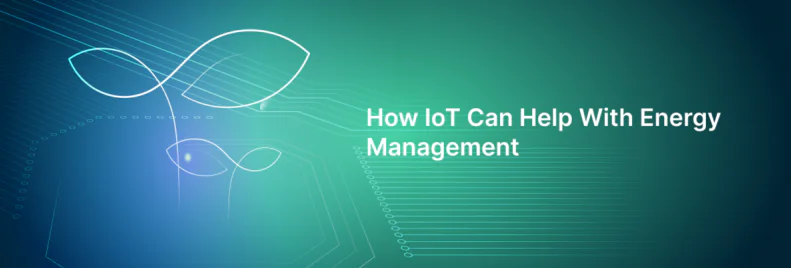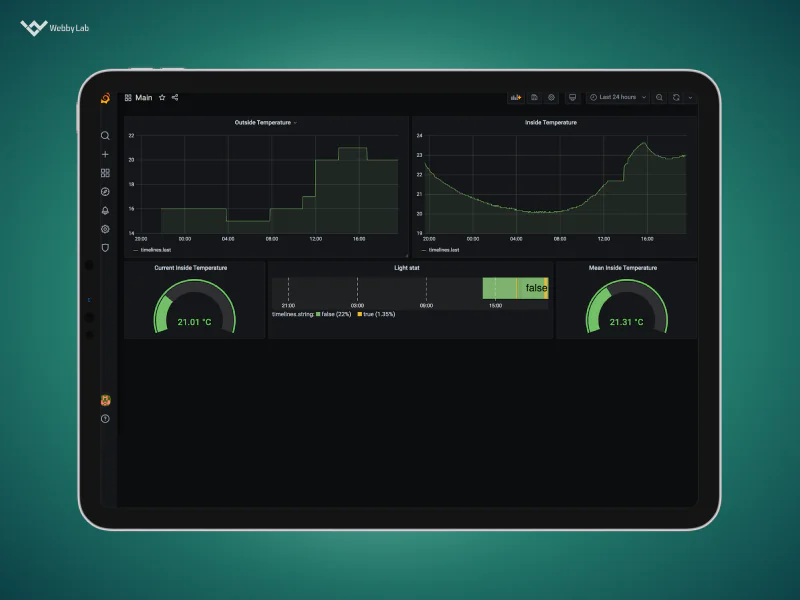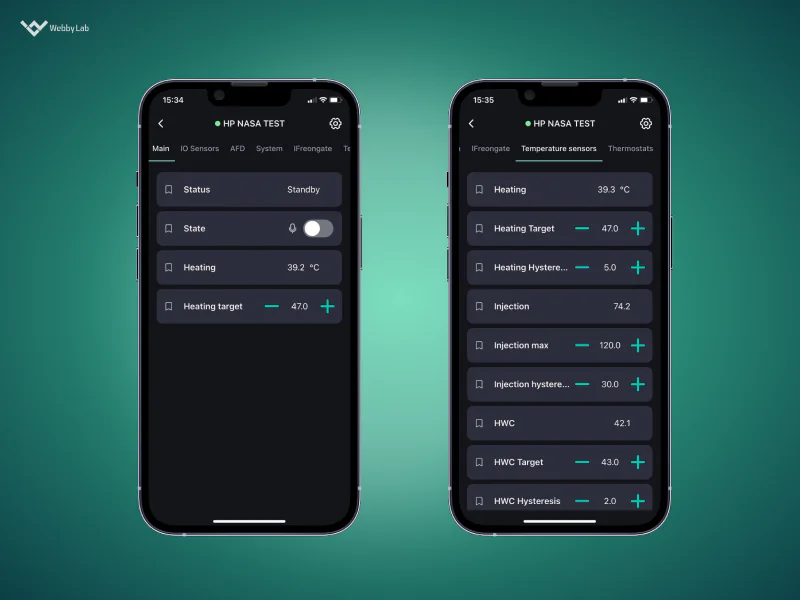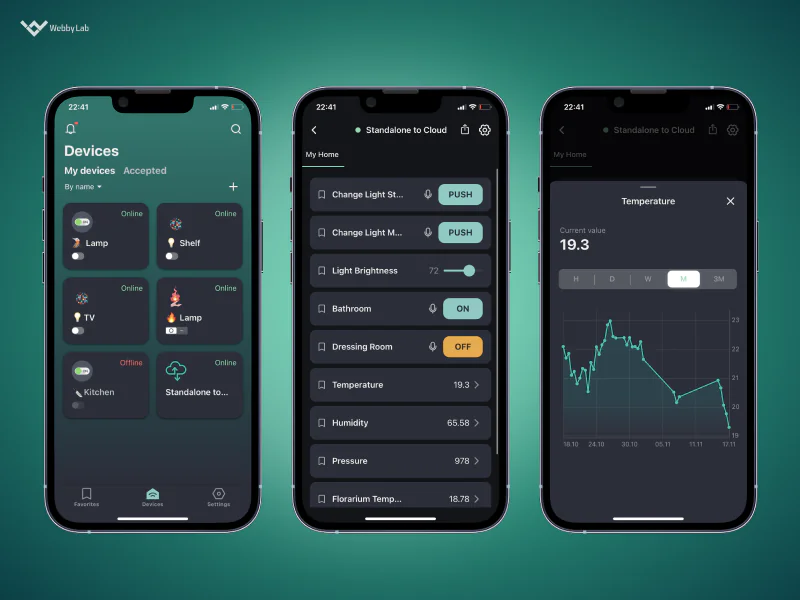How IoT in Energy Management Can Revolutionize Your Efficiency
Written by:

Kostiantyn Oliynyk
Head of IoT at Webbylab
With a robust academic background in Telecommunication Systems Engineering, I apply my knowledge to lead innovations in the IoT domain. Starting as the first team member in the newly formed IoT department at WebbyLab, I've spearheaded its growth, fostering the expansion into embedded and hardware development alongside our core software projects. My dedication lies in pushing the boundaries of IoT technology, fostering a culture of innovation and excellence that profoundly impacts our clients' operational success.
An IoT-based energy management system collects data on energy consumption and applies real-time analytics. As a result, companies can optimize their electricity use and implement more resource-efficient strategies.
It is. As the stats at the beginning of our article suggest, the implementation of IoT for energy management makes it possible to cut the use of electricity to the extent that it is enough to power more than 150 million homes.
We are also confident in the energy efficiency of IoT from our own experience. By turning industrial heat pumps into IoT devices as part of the SmartHeat project, we increased their energy efficiency by 4.35%.
The energy industry benefits from automating numerous processes, particularly energy data collection and analysis. In addition, IoT paves the way for more reasonable use of energy resources, allows for the introduction of renewables, and better monitoring of equipment.
IoT enabled the creation of smart grids. Such grids allow switching between renewable energy sources and conventional power plants for a streamlined electricity supply. Besides, it empowers the gradual introduction of renewables into the power supply chain.








